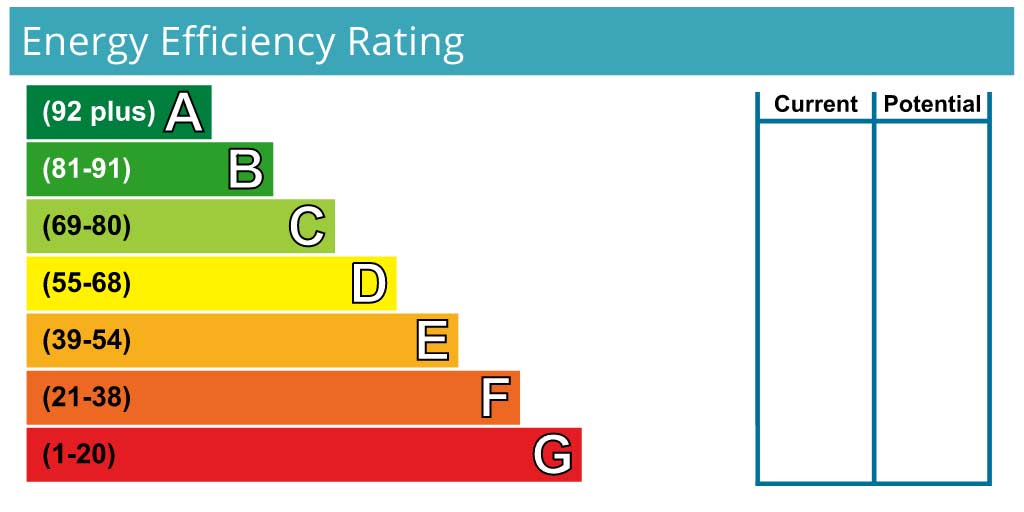This information should not be interpreted as financial, tax or legal advice. Mortgage and loan rates are subject to change.

Category: epc
The National Residential Landlords Association has warned the government that expecting landlords to spend up to £10,000, to get their properties up to an EPC rating of C or above, is unrealistic and needs an urgent re-assessment.
A consultation on the subject closed in January, and the government has yet to respond to its findings. But, within the consultation document, the government proposed that all new private sector tenancies should be in properties which have a EPC rating of “C” or better, by 2025.
The NRLA feels that the government has interpreted the UK landlord community as one soley comprising exceptionally high net worth individuals, whose excess profits could easily absorb this level of expense.
However, there are a huge number of landlords who have invested life savings into rental properties, because interest on traditional savings offers poor returns. It is often a route to supplementing pension income in the future. To illustrate the point, data from the NRLA shows that the average net income made by UK landlords is less than £4,500 each year.
NRLA and Propertymark united in their criticism
Both the NRLA and Propertymark have expressed significant concern about the targets discussed by the government.
For the NRLA, chief executive Ben Beadle said:
“We all want to see as many energy efficient rental properties in the sector as possible. Besides being good for tenants, improvements made to rental properties ensure they become more attractive to prospective tenants when being marketed by landlords and agents. However, the government’s proposals for the sector are not good enough.
“They rely on a misguided assumption that landlords have unlimited sums of money and fail to accept the realities of different property and rental values across the country.”
Propertymark’s chief executive, Nathan Evans echoed a similar sentiment:
“At Propertymark we are wary of the one-sized fits all approach currently being taken and the lack of funding support for landlords and homeowners to improve their properties.
“Policy makers must take into account the disparity of age, size, location and construction of the UK’s housing stock when deciding how best to tackle this huge challenge.
“Since the failure of the green homes grant, the approach has felt decidedly more stick than carrot; penalisation via green mortgage targets and restricting landlords who can’t achieve an EPC rating C band risks stalling the market and depleting the PRS.”
The scale of the task ahead
Statistics on the EPC status of private rental properties across England, show that more than half are rated below “C”, with 58% falling below the 2025 target.
Not only this, but 32% of properties within the private rental sector were built before 1919, which means they are difficult to upgrade with modern day energy efficient upgrades.
For example, properties which fall into the pre-1919 category often have solid walls, which means cavity wall insulation is immediately one common energy efficiency technique that cannot be implemented.
What is the solution to achieving EPC targets?
The NRLA has called for the government to assess how much landlords should have to contribute, to the upgrading of their properties, by linking the sum to the average market rent for the property in question.
The association also calls for financial support in the form of:
1. A decarbonisation tax allowance
2. Removal of VAT on work to achieve energy efficiency
3. A suspension of council tax, where properties are vacant for the sake of energy efficiency upgrades
Mr Beadle added:
“Ministers need a smarter approach with a proper financial package if they are to ensure their ambitious objectives are to be met.”
Commercial Trust will be monitoring developments on this subject and will cover any updates from the government when they are released.





